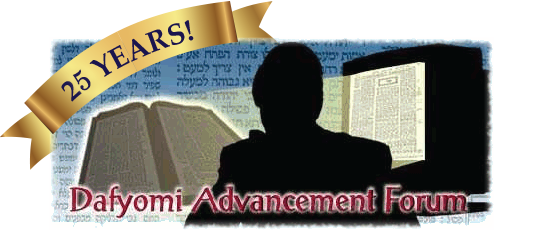Why does the Torah add another Lav?
Sifra: To incorporate all the Korbanos 1 and all the Avodos ? even though they are not final Avodos 2 - in the prohibition. 3
Sifra: Such as the Emurim, the Kometz and the Levonah, the Ketores, the Minchas Kohanim, the Kohen Mashi'ach and the Minchas Nesachim.
See Torah Temimah note 155.
Sifra: Such as the Yetzikos, the Belilos and the Tenufos, the Hagashos, the Kemitzos, the Pesisos, the Melichos, the Melikos and the Kabalos. The Sifra learns the Avodas ha'Dam from "Lo Yikrav" in Pasuk 17.
Why does the Torah insert the words "Kol Ish asher bo Mum"?
Rashi: To forbid a Kohen with other blemishes from serving. 1
Sifra: To include a Kohen whose skin is black, red or white (albino), a giant, someone who is tall and lanky, a dwarf, a Cheresh, a Shotah and one who is Shikor in the prohibition.
Why does the Torah again repeat words "Kol Ish asher bo Mum"?
Sifra: To preclude a Kohen who is a T'reifah or a Yotzei Dofen from the prohibition. 1
See Torah Temimah, note 152.
Why does the Torah again repeat "Mum bo"?
Rashi: To preclude a Ba'al-Mum whose blemishes have disappeared. 1
R. Bachye (in Pasuk18): It incorporates a Mum that occurred after the Kohen was born, in the Din of Mumin.
According to the Malbim, this D'rashah belongs to "ki Mum bo" in Pasuk 23.
Why does the Torah insert the words "mi'Zera Aharon"?
Bechoros, 43a: To include a Kohen with one of an array of misshapen heads 1 and a hunch-back ? who are not lie the other descendents of Aharon - in the prohibition.
Torah Temimah: a. A head that is narrow on top and wide at the botttom and the reverse; b. & c. a head that is shaped like a hammer ? where the forehead and the back of the head protrude; d. where the top of the head (or the entire head is sunken [leaving no neck. See Torah Temimah note 153; e. Where the back of the head does not protrude at all See Torah Temimah note 153.
Why does the Torah insert the words "mi'Zera Aharon ha'Kohen" after asher bo Mum"?
Oznayim la'Torah (citing Rashi in B'choros, 43b: To teach us that if a Kohen (or a Zar who is sacrificing on a Bamah) is different in the shape of body than his contempories - in a way that is not considered a Mum by an animal - he is disqualified from serving. 1
See Oznayim la'Torah, who elaborates.
How will we reconcile Chazal, who, based on a Pasuk in Tehilim, 51:19, state that, as opposed to hunan-beings, Hashem uses 'broken vessels'?
Oznayim la'Torah #1: Granted, Hakadosh-Barush-Hu used Moshe and Amos, both of whom had speech impediments, to serve; but for Yisrael to send a gift via a Shali'ach with a blemish, is unacceptable - as the Pasuk says in Mal'achi, 1:8 "Bring it to your governor, will he accept you ... !"
Oznayim la'Torah #2 (citing the Zohar): The Pasuk in Tehilim (and a similar Pasuk in Yeshayah, 57:15, is referring to someone who is broken in spirit 1 (humble), not in body.
Whom he elevates. See Oznayim la'Torah.




